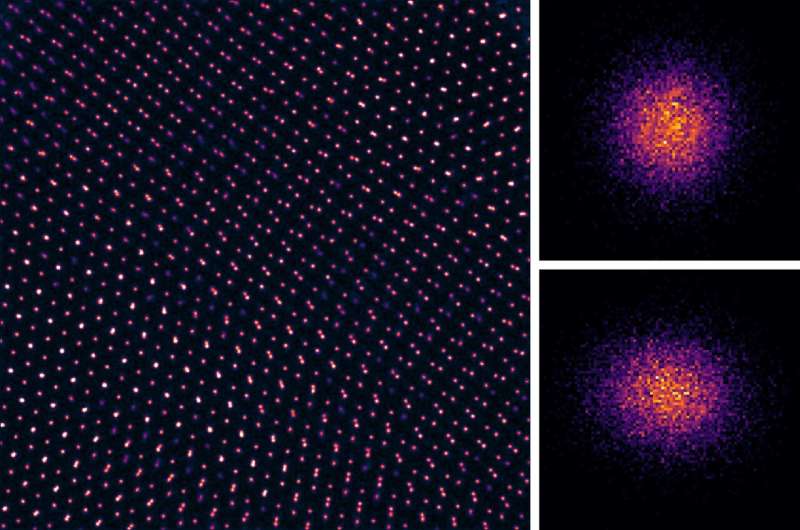Using ultra-precise electron imaging, researchers visualize elusive atomic vibrations—paving the way for atom-level thermal management and next-gen electronics.

Vibrations aren’t just the buzz of a smartphone—they ripple down to the atomic level, and now, for the first time, scientists can see them. Engineers from The Grainger College of Engineering at the University of Illinois Urbana-Champaign have used advanced electron imaging to capture hidden vibrational phenomena in 2D materials—unlocking a new chapter in nanoscale heat science.
Their study confirms the existence of a once-theoretical class of vibrations called phasons in twisted 2D bilayer materials—structures where atom-thin layers are stacked slightly misaligned. These moiré systems are hot candidates for future electronics thanks to their tunable properties, but how heat behaves in them has remained fuzzy.That’s where phasons come in. Like phonons, which govern thermal vibrations in materials, phasons are low-frequency modes caused by atomic shifts—but until now, they’ve only existed in simulations.
“You can’t easily get rid of phasons; that’s the blessing and the curse,” said senior author Pinshane Huang.“They’ve always been there—shaping material behavior—but we hadn’t actually seen them.”That changed with the team’s use of electron ptychography, a cutting-edge microscopy technique that achieves picometer-scale resolution—enough to detect atomic-level blur caused by thermal motion. Using this, they captured the highest-resolution images ever taken of single atoms, revealing heat-induced vibrations in twisted bilayer tungsten diselenide (WSe₂).“Just a few years ago, one angstrom was the limit,” Huang said. “Now we’re looking at movements as small as 0.05 angstroms—enough to see heat itself move atoms.”
Beyond the images, this leap opens doors to designing materials with precisely engineered thermal behaviors. The team mentioned that, Imagine pinpointing a single defect that’s bottlenecking heat flow. With this knowledge, they could revolutionize thermal management at the atomic scale. They claimed that they can now watch atoms shiver—and build smarter tech from the heat up.

